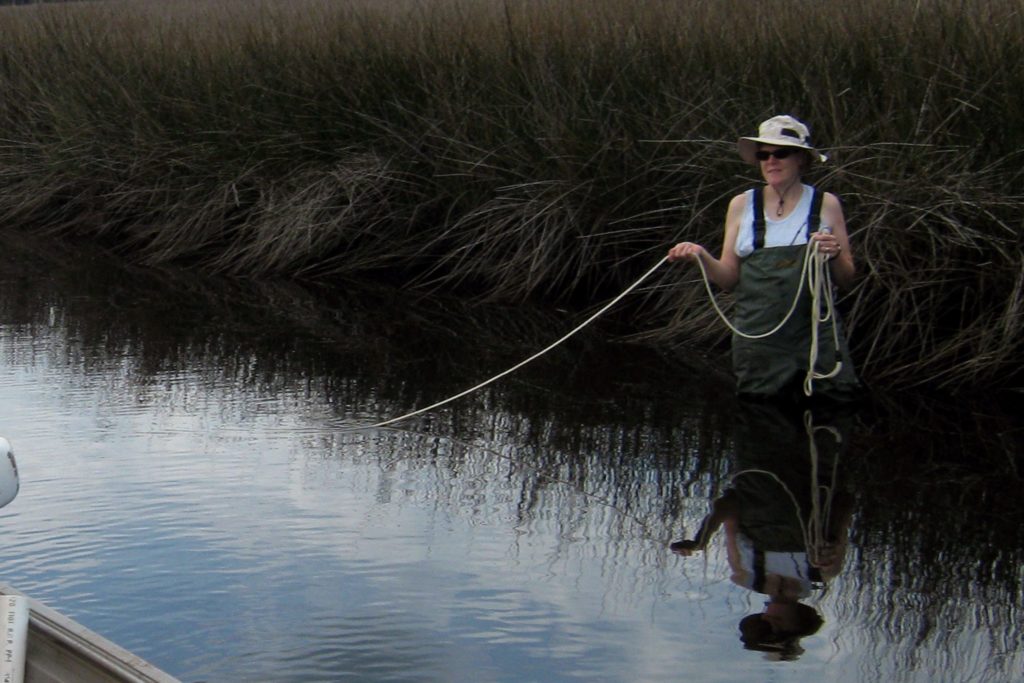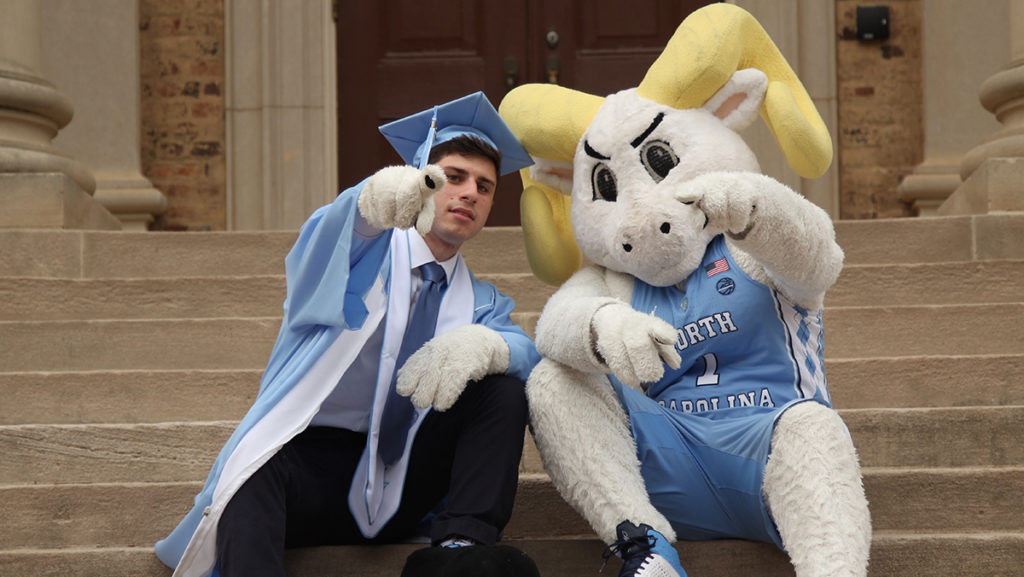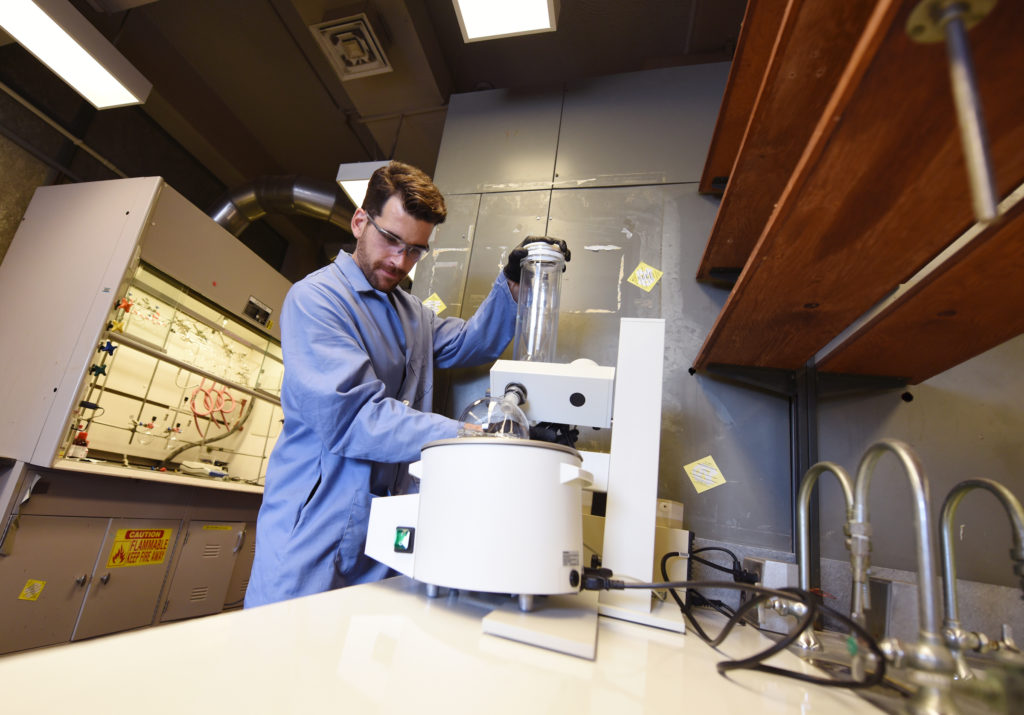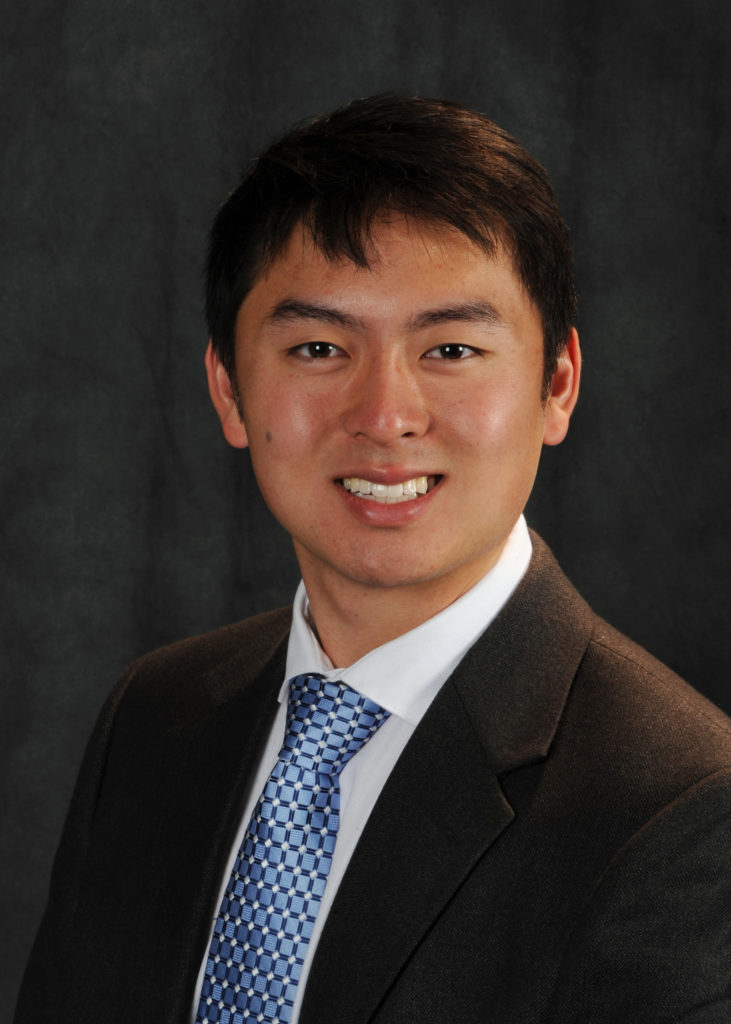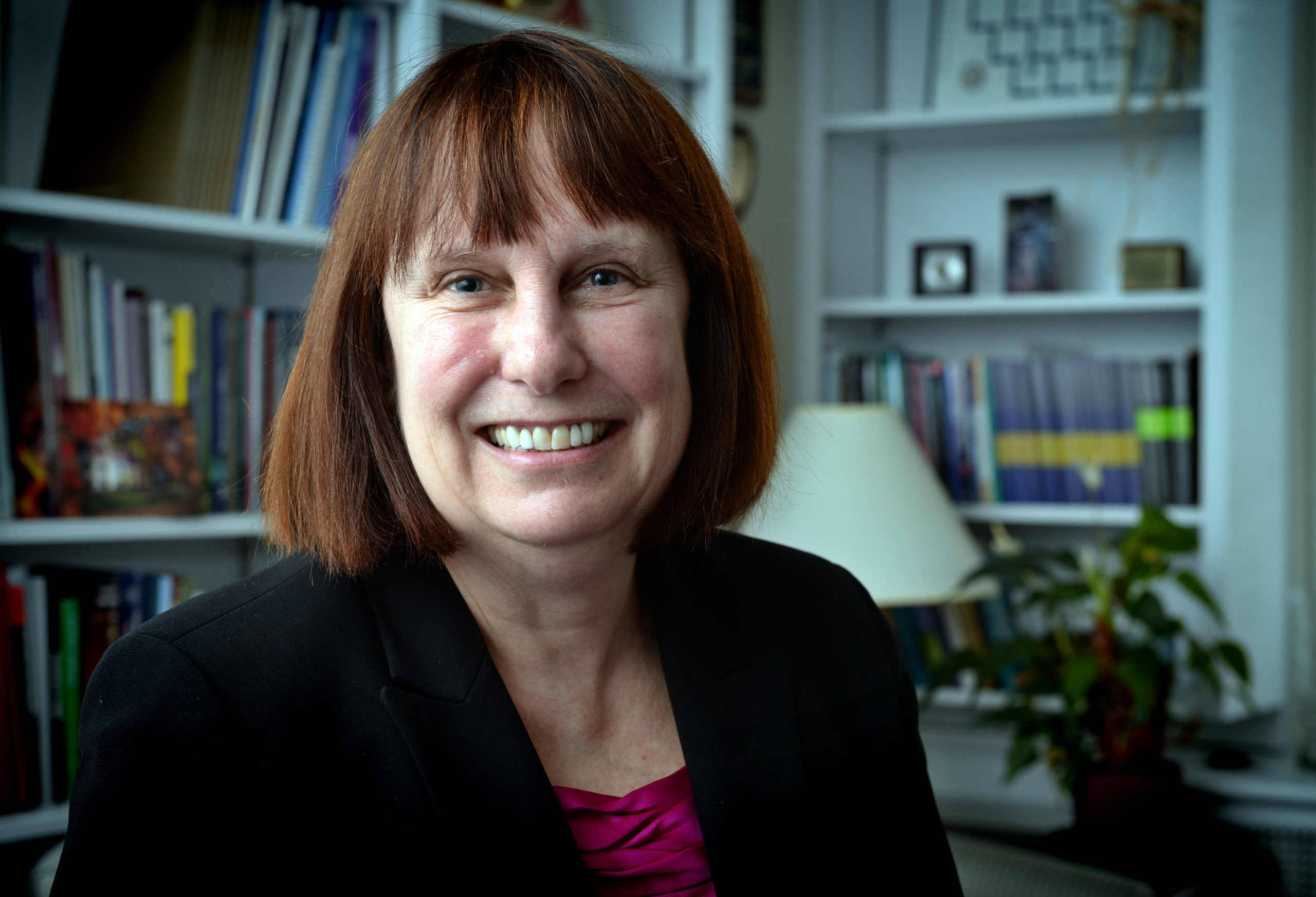
Carolina faculty brought in $792.7 million in research contracts and grants in fiscal 2014, up $14.9 million from a total of $777.8 million in fiscal 2013. As Chancellor Carol L. Folt told the Board of Trustees last month, Carolina’s researchers create technologies and innovations that are catalysts for new industries, accelerate progress toward cures for diseases such as AIDS and help target U.S. spending on global health threats.
Leading those efforts since March 2011 has been Vice Chancellor for Research Barbara Entwisle, Kenan Distinguished Professor of Sociology in the College of Arts and Sciences, and a leading Carolina researcher for nearly 30 years.
Entwisle, a social demographer who studies population, health and environment, joined Carolina’s Department of Sociology in 1985 and later assumed additional faculty appointments in the Department of Geography, Curriculum for the Environment and Ecology, Curriculum in International and Area Studies, and Department of Asian Studies. From 2002 until 2010, she directed the Carolina Population Center, one of the University’s largest research centers and institutes.
Recently, Entwisle spoke to the Gazette about Carolina’s research enterprise, including its past successes, the things that worry her and some of the things she is doing to make that enterprise even stronger in the years ahead.
What do the final statistics for fiscal year 2014 reveal about Carolina’s research enterprise?
Last year was our second-best year ever. Our best year was in 2010 – a happy anomaly due to ARRA Recovery Act funding that bumped up our numbers for one year. Since then, the numbers show that we are continuing to grow our research portfolio at a time when federal funding for research has not been increasing. We should feel good about this because some of our peer institutions around the country did not have the same experience. At the same time, it would be foolish to think that past success guarantees the future.
Where is all that money going?
There are many ways to look at this. One way is to look at where the faculty members who win these grants are based. Faculty in the School of Medicine account for about half of our research portfolio. The two other major players are the Gillings School of Global Public Health and the College of Arts and Sciences. Together, these three account for about 85 percent of our total research portfolio.
Another way to look at it is where the research work is being done. It turns out that the top five units that received the most research funding last year were all centers and institutes. The Lineberger Comprehensive Cancer Center brought in $83.8 million last year, followed by the Institute for Global Health and Infectious Diseases, which brought in a total $43 million. The Carolina Population Center brought in $40 million. Both the Frank Porter Graham Child Development Center and the North Carolina Translational and Clinical Sciences Institutes – better known as TraCS – brought in $30 million.
In the past few years, centers and institutes have been under review by General Administration. They have endured the most severe cuts in state support, but they are essential because they are often the units in the University best positioned to pull together the diverse interdisciplinary research teams often needed to secure major grant awards.
What makes Carolina successful in attracting research dollars?
I would identify collaboration as one of the essential ingredients in that success. In 2014 we looked at ways to actually quantify that. We found, for instance, that nearly $500 million of our grants were awarded for projects with two or more investigators. We also calculated that about $300 million of our grants were for interdisciplinary research that spanned two or more academic departments.
Similarly, a little more than $200 million involved investigators in two or more of our schools, such as the School of Medicine and the College of Arts and Sciences. We are an amazingly collaborative campus and it is why, I think, we have done so well for so long growing our research enterprise year after year.
I think it is especially important, any time the University is considering structural or policy changes, to ask the question, ‘Will this change make it easier or harder for researchers to collaborate?’ The answer to that has a direct bearing on the success of our $800 million research enterprise.
Given the size of the national debt and the budgetary implications tied to it, are you worried that Carolina’s research enterprise is too dependent on federal government support?
The federal government directly accounted for 72 percent of research funding in fiscal year 2014. So, yes, we are vulnerable should there be deep cuts to federal research support. We are also mindful that 75 percent of our federal research sources are from the National Institutes of Health (NIH). We are proud of the support we get from NIH – indeed, we rank 7th nationally in that support – but at the same time we need to always be conscious that we have an awful lot of eggs in that particular basket.
In what other baskets should Carolina be putting more of those prized eggs?
We need to be looking for other kinds of research partners as part of a broader strategy for not only growing our portfolio, but diversifying and protecting it as well. In the past few years, we have been focused on expanding our support from business and industry, and the result of those efforts is beginning to show. Money generated from industry-supported clinical trials increased from $14 million in fiscal year 2011 to $18.1 million in fiscal year 2014.
Other research support from industry during that same four-year span rose from $13.6 million to $17.5 million. Those numbers may seem small in comparison to our total portfolio, but their significance is not. Industry is right here in our backyard and we need to do a better job connecting with it. I think we have been moving that forward in a way that we all can be proud of.
These sorts of new partnerships, as Chancellor Folt has said, are part of a new era at Carolina that will help define us as a leading 21st-century public research university. At the heart of that vision is the ability to apply our research to real-world problems in order to make a difference in people’s lives. In the end, that is what all this work is about and why we are here.
By Gary Moss, University Gazette

